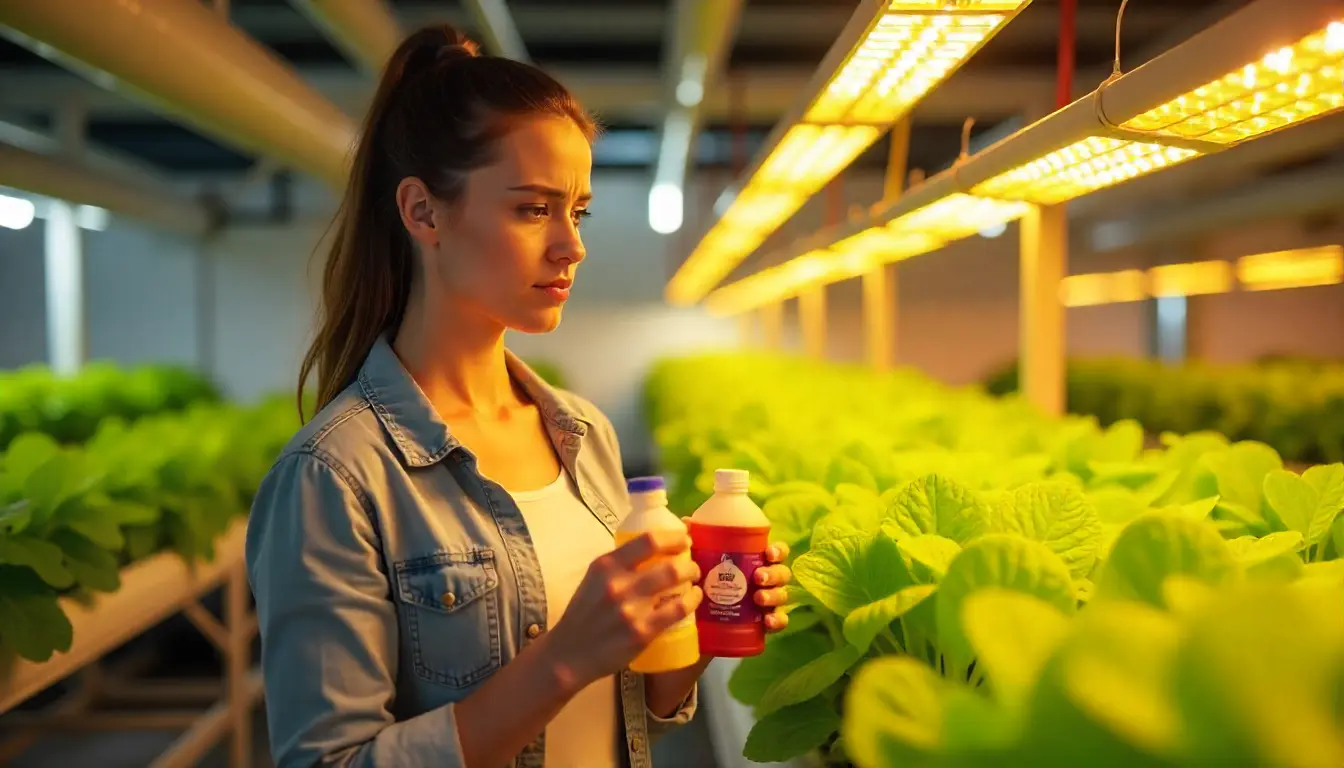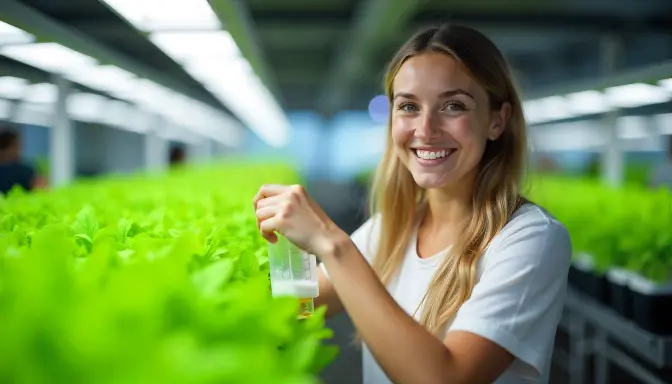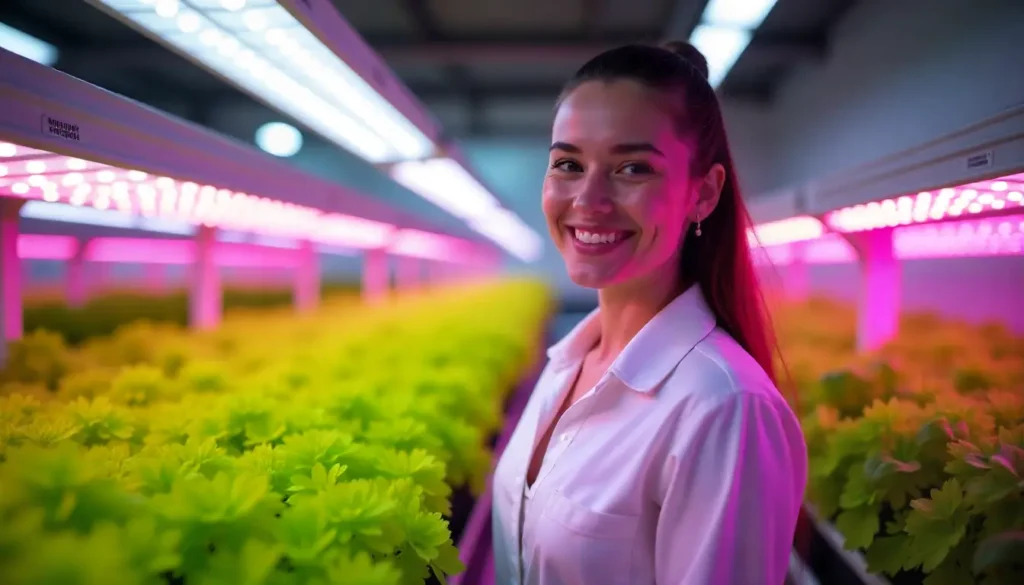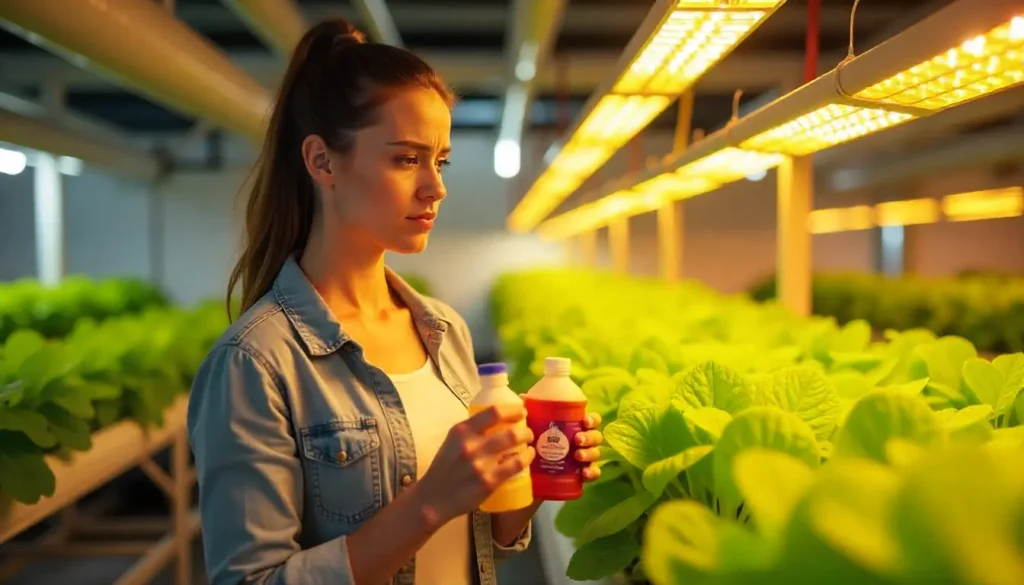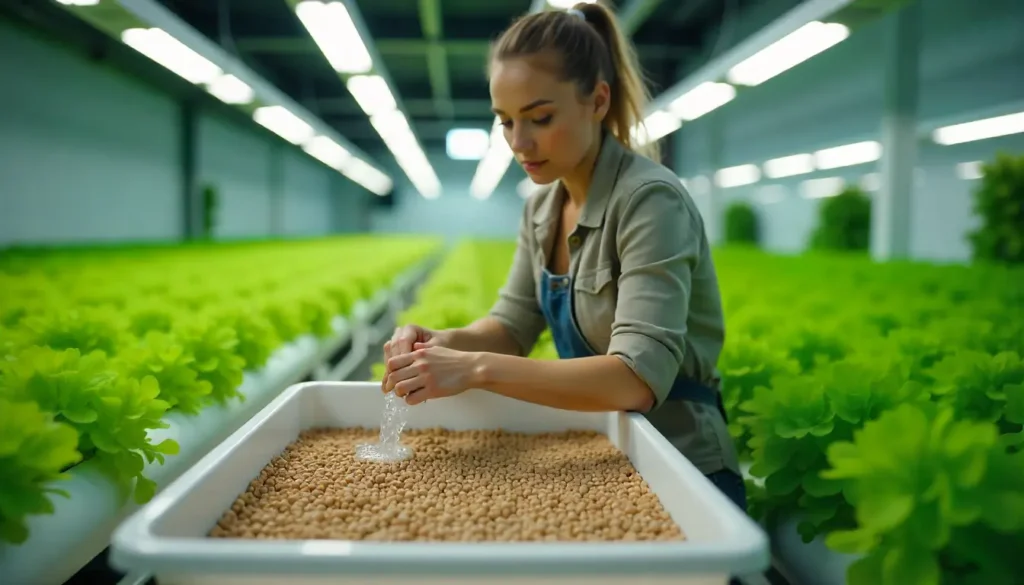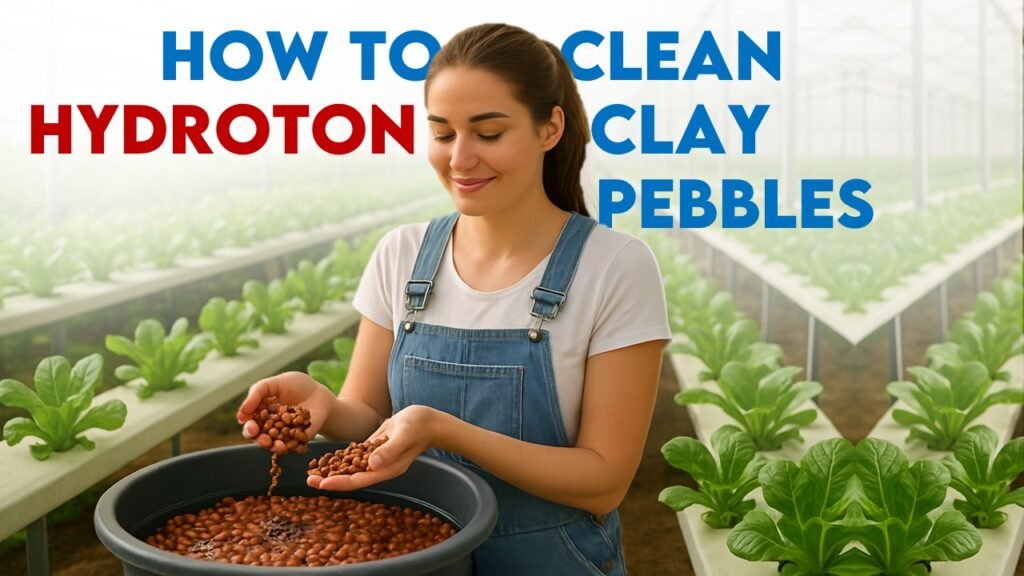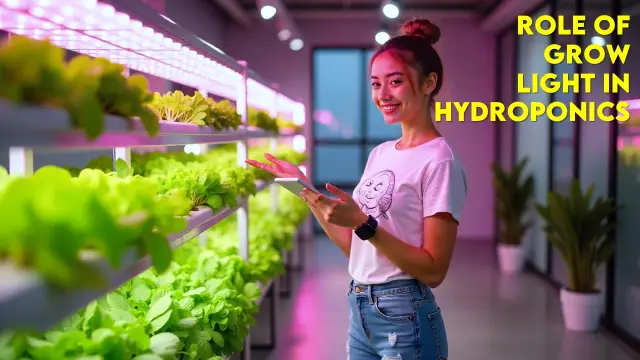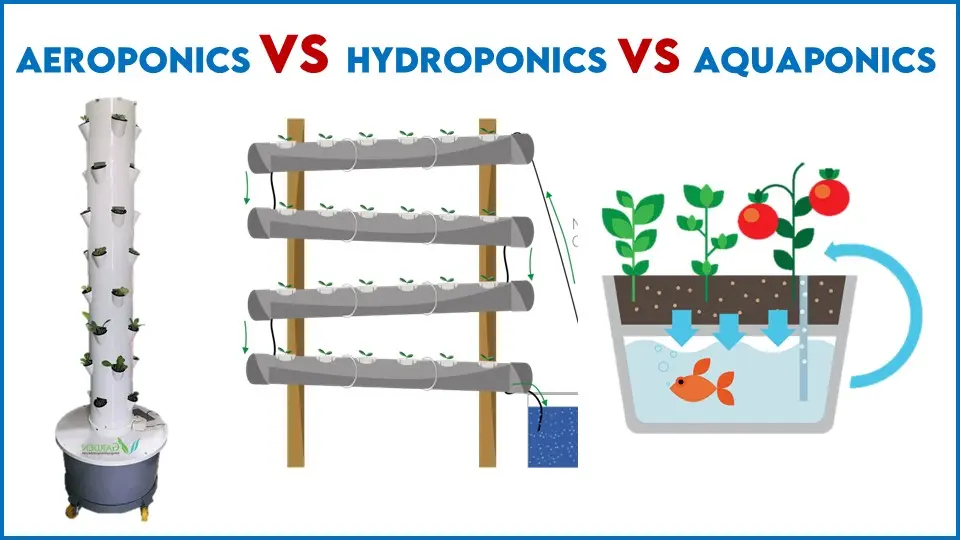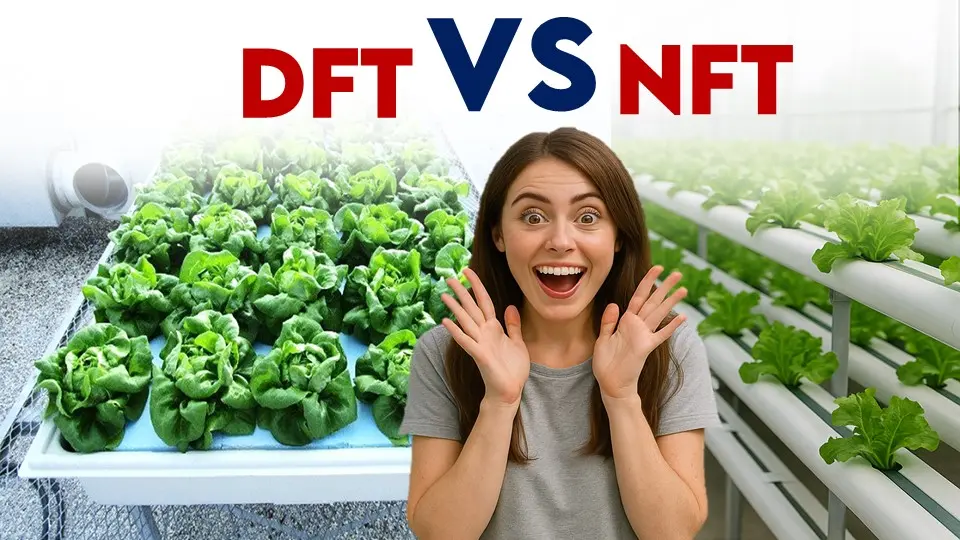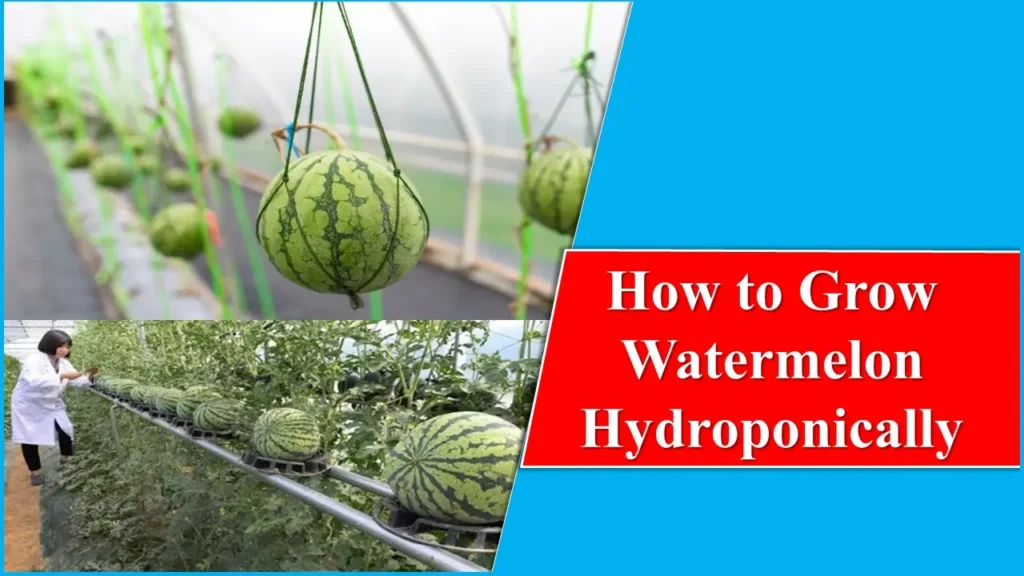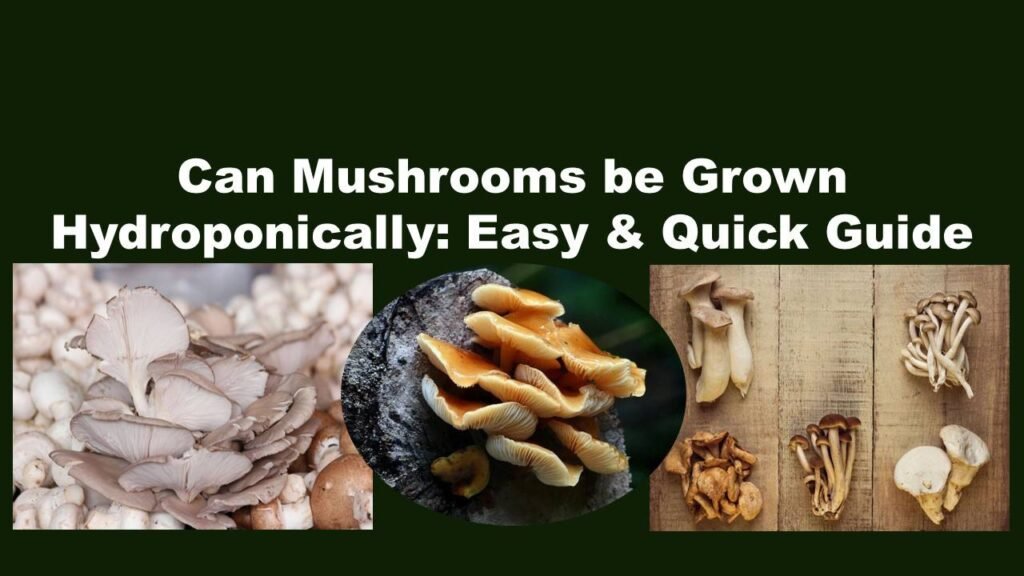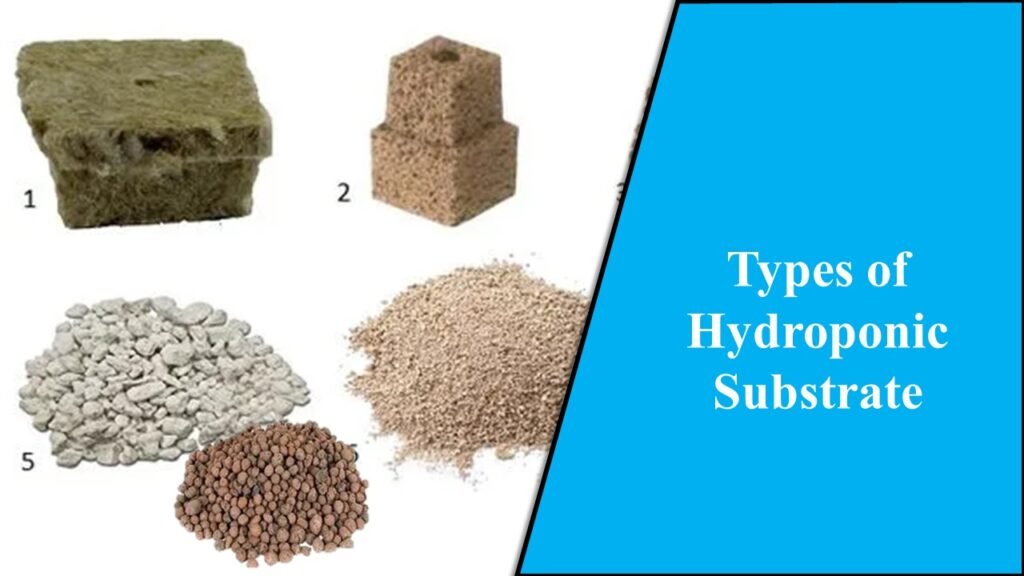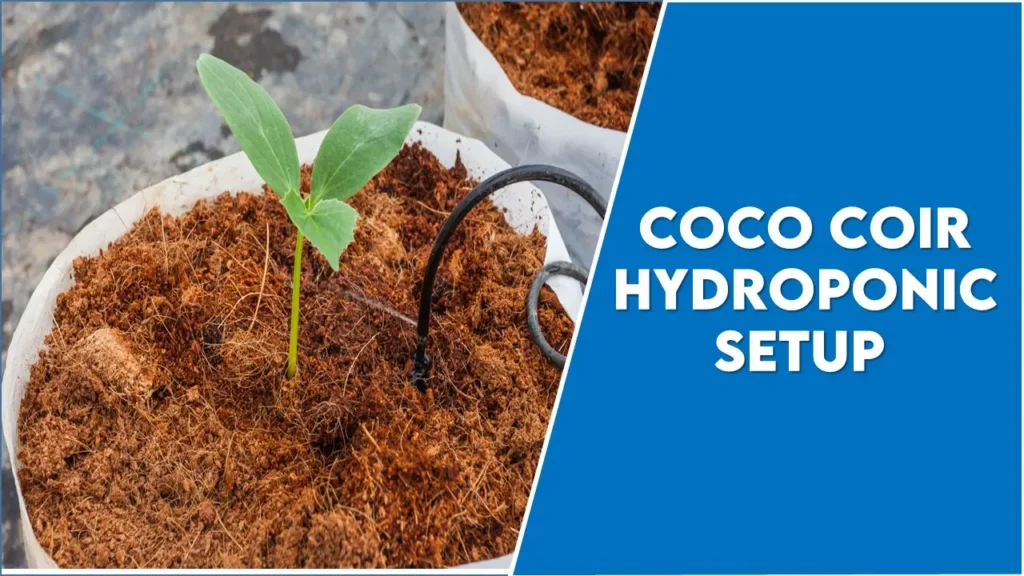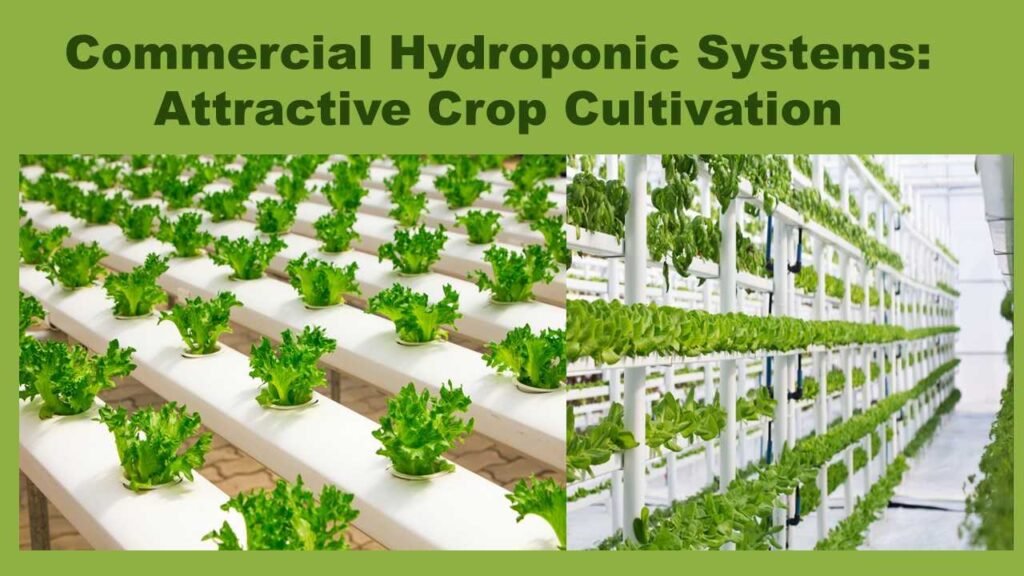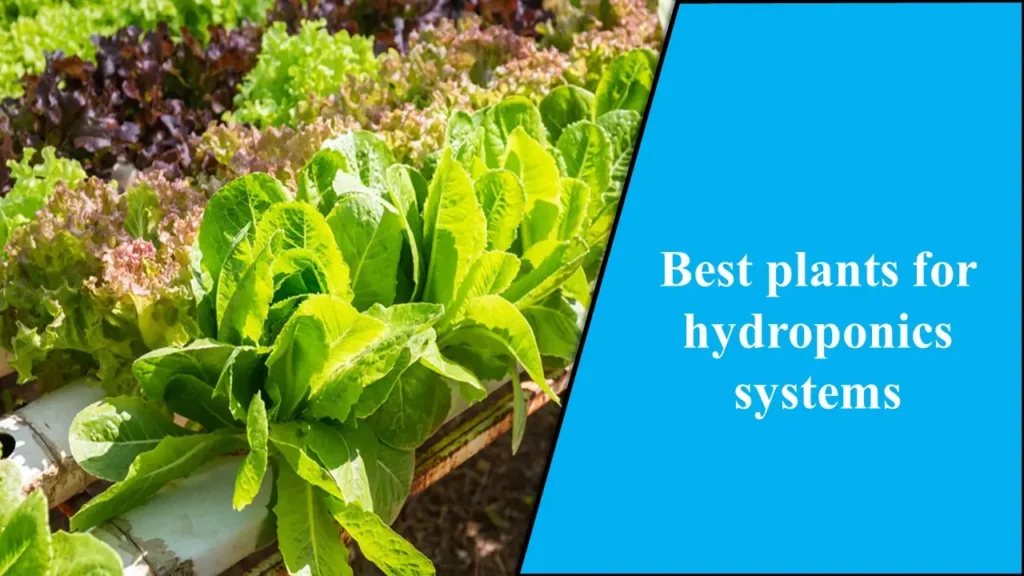Factors Affect Nutrient Solution in Hydroponics
Hydroponic solution depends on various factors that affect plant growth. In this article I have covered few factors affect nutrient solution in hydroponics that affect uptake of nutrients by the roots.
1-Water Quality
Water quality is major factor that affect hydroponic growth. Water that is suitable for drinking by humans is not necessarily ideal for growing plants. If poor quality water is being used to prepare nutrient solution, it can cause toxicity problems, diseases, pH problems and the blockage of drippers and plumbing. Water quality is of utmost importance in any hydroponic system.
Plants which are grown in clean water grow faster, healthier and with less problems. The water quality also depends on the dissolved solids in the water. There may be such components in the water that could affect the availability of nutrients to the crops. Common problems with water are total dissolved salts (salinity), pH, alkalinity, carbon dioxide, hardness, precipitates due to hardness, salts, iron.
2- pH of Solution
pH of Solution is factor that measures the acidity or alkalinity of a solution. The pH is usually measured on a scale of 1-14 and represents the concentration of hydrogen ions in solution. A solution is acidic if it has more positive hydrogen ions and is alkaline if it TDS stands for ‘total dissolved solids’ and is measured in ppm or parts per million.
3- Electrical Conductivity (EC)
EC of solution is important factor for growth of plant. EC can be maintained by mixing special nutrient blends for different kinds of plants and for each stage of the crop’s life-cycle. The nutrient solution should be checked regularly for its electrical conductivity (EC). It is the dissolved salts in most water that allows it to conduct electricity and is usually measured in S/cm. An EC meter or ppm (parts per million) meter can be used to check the EC of nutrient solution. An EC meter measures an electrical current in the solution and reads the conductivity produced from the motion of the mineral ions.
4- Oxygen
Temperature and rootzone oxygen concentrations affect the rate of root respiration. As the concentration of oxygen decreases in the rootzone, the roots will experience hypoxia Hypoxia occurs when the rate of respiration is affected because oxygen has become a limiting factor. Root respiration affects a wide variety of functions in root tissue that may affect crop production
5- Temperature
Temperature of nutrient solution will enhance plant’s growth and quality. A high quality aquarium heater can be used to warm nutrient solution in the winter and chillers can be used to cool nutrient solution in the summer. Although for small hydroponics systems aquarium heater and aquarium shade cloth cover can be used to prevent sudden temperatures shifts from occurring, greenhouse will do the same for larger systems.
6- Interval of Nutrient Solution
Timely change of the nutrient solution prevents salt accumulation or deficiencies and eliminates the wastes that plants discard into the nutrient solution. Also, as plants transpire, moisture and nutrient levels drop in the nutrient solution and the EC or strength of the nutrient can rise to dangerous levels. The change interval of nutrient solution depends on the species, the number and size of the plants that are being grown, stage of plants, water quality, the capacity of the reservoir, quality of nutrients being used, environmental conditions (such as temperature and humidity), and on the type of hydroponic system being used.
7- Salt Accumulation in the Solution/media
A salt build-up can be seen in the Solution/medium because of improper management practices. Although some salts are absorbed by the plant, there is a sharp increase in the concentration and a build-up of some undesirable salts. This salt build-up may interfere with plant growth because there is no space to buffer this salt build-up. Accumulation of salts is common in recirculating systems where the nutrient solution is being re-circulated.
8- Hardness of water
Hardness of water may be due to the concentrations of calcium and magnesium, and when hard water is being used in re-circulating systems, the calcium level may become excessive after several additions of top-up water. This can result in a white precipitate (calcium sulphate) forming in the system. This can cause the blockage of plumbing components such as pipes and drippers. It also reduces the amount of available sulphate. A water sample containing more than 150 mg/litre of bicarbonates (HCO,) could be considered as hard.
9- Iron in Water
Iron in water is an essential micro element for plant growth in its natural chemical form. Water containing iron above-0.3mg/1 can be clear and colourless when first drawn to the surface but on exposure to air, the iron changes to iron oxide which makes the water appear brown and cloudy. To avoid blockage, iron should be removed from make-up water prior to use. Hope You find this article valuable about factors affect nutrient solution in hydroponics. On this website we have covered various article related to hydroponics crop cultivation.
Latest Post
- Nutrients Required for Hydroponic Farming
- Types of Grow Light for Hydroponics
- Factors Affect Nutrient Solution in Hydroponics
- How to Maintain pH and EC in Hydroponics System
- How to Clean Hydroton Clay Pebbles For Reuse
- How to Clean Hydroton Clay Pebbles for Reuse
- Role of Grow Light in Hydroponics
- How to Grow Hydroponic Peppers (Bell Peppers Hydroponics)
- Aeroponics vs Hydroponics vs Aquaponics
- Difference between NFT and DFT Hydroponics : What’s best for you?
- Can You Grow Watermelon Hydroponically : Hydroponic Watermelon
- Best Vegetables for Hydroponics System
Join Our Hydroponics Growers Group!
Connect with fellow hydroponics enthusiasts, share your ideas, ask questions, and grow together as a community.
👉 Join WhatsApp Group
